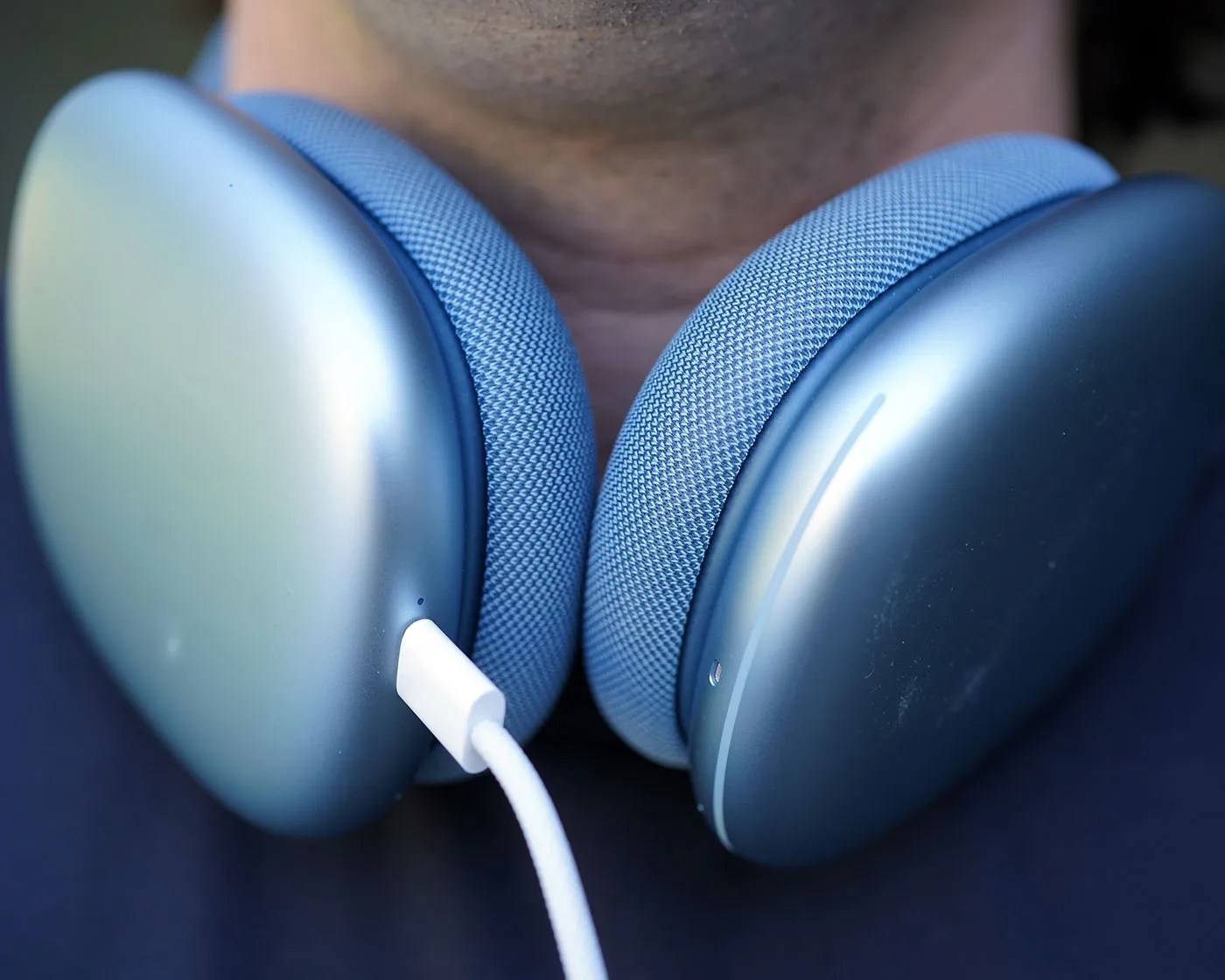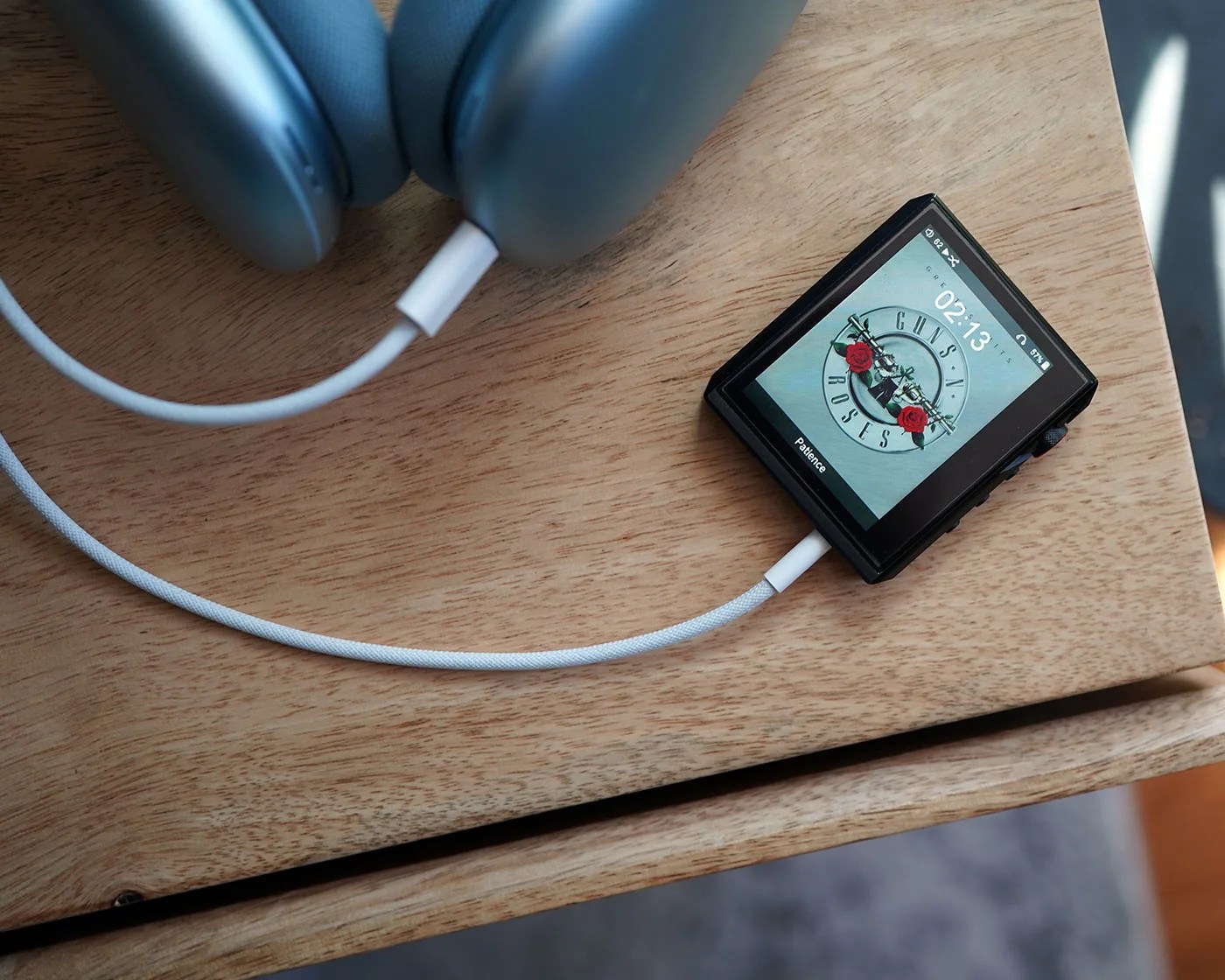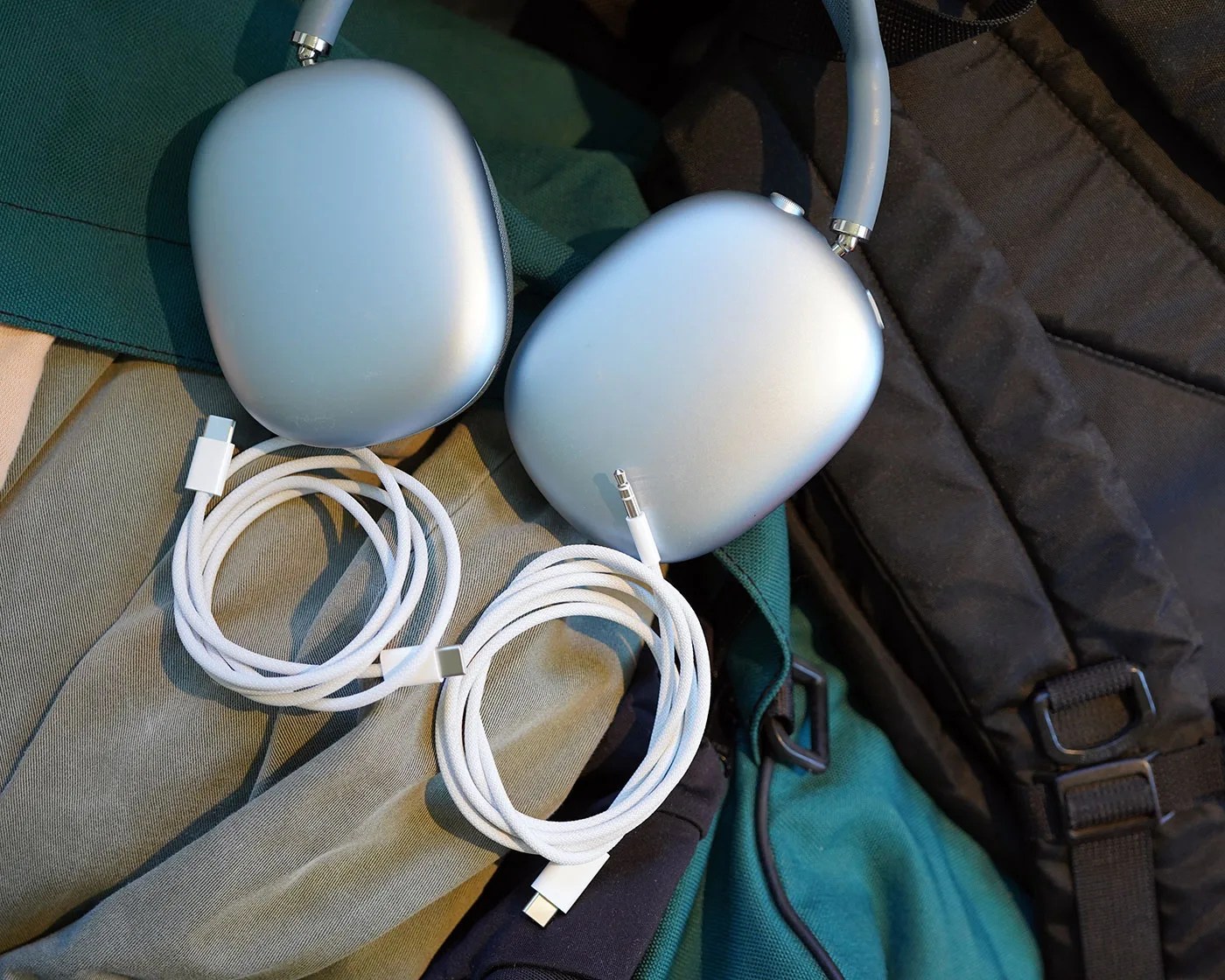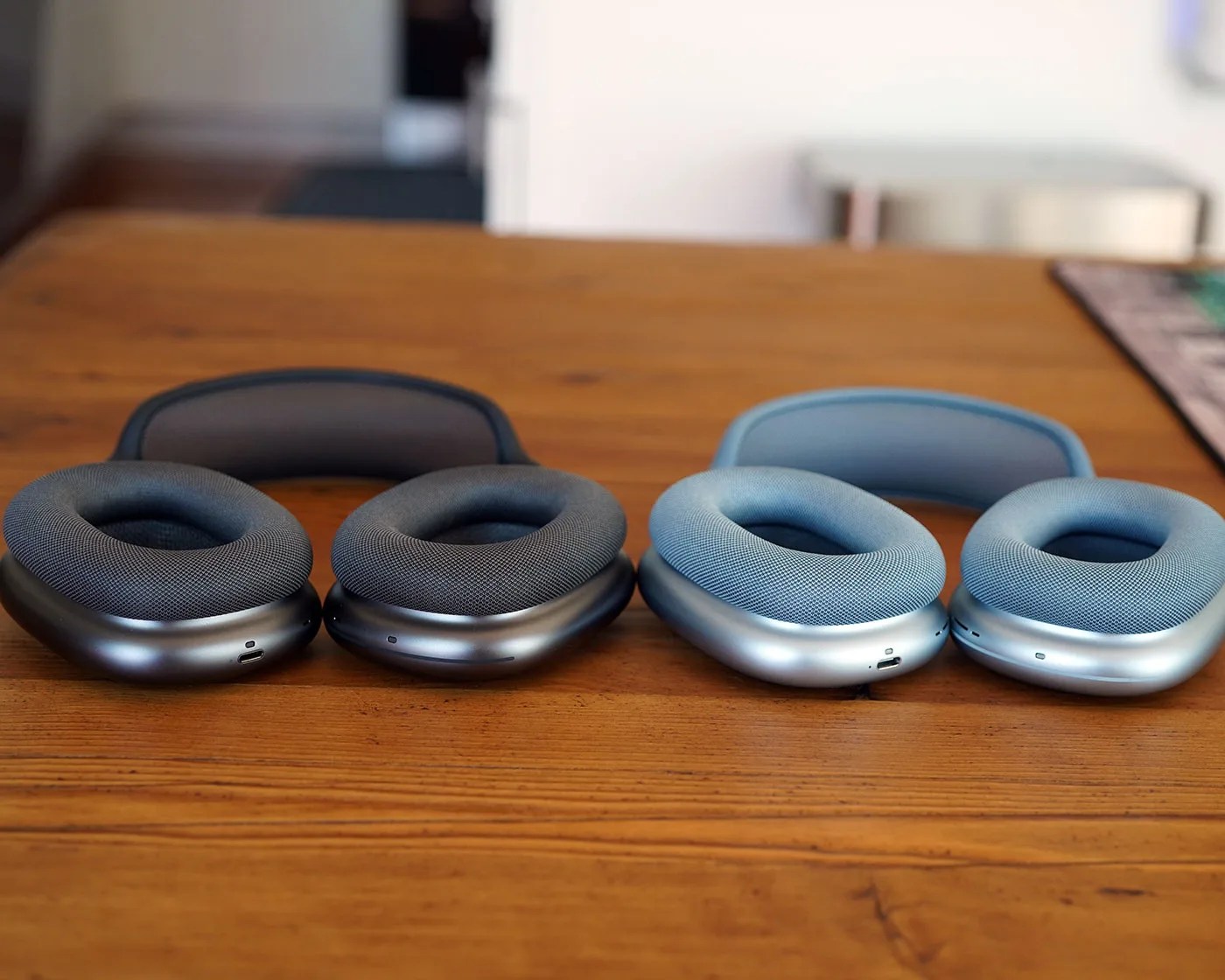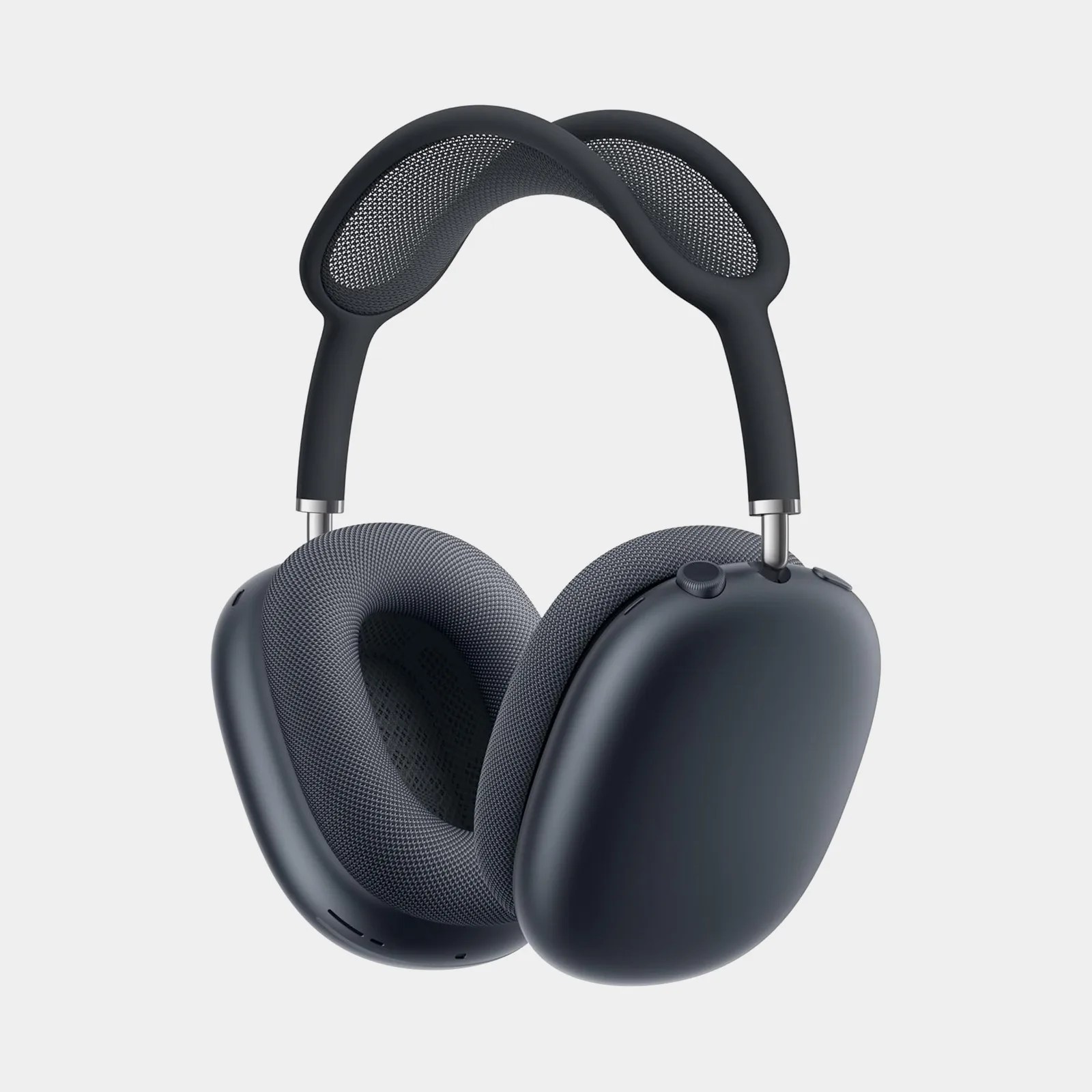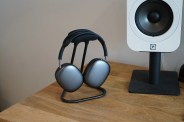It’s hard to beat the AirPods Max.
They’re elite in terms of sound quality and the effectiveness of their ANC and transparency modes. Throw in how well they work with all your Apple devices, and they’re easy to recommend — assuming, of course, that price isn’t a barrier. The going rate for a pair is $549, before discounts from secondhand retailers.
But when the updated AirPods Max came out past fall, they were so similar to the four-year-old models that even loyal listeners had little reason to upgrade. Other than some new colors and a new USB-C port to replace Lightning, they were largely the same headphones that released in 2020.
What’s more, Apple even took away a key feature — the ability to play wired audio with the included cable — upsetting many hi-fi enthusiasts who still use old-school players without Bluetooth.
Fast-forward half a year and Apple has remedied the issue and then some.
Thanks to a firmware update (and new audio cable), Apple has made the USB-C AirPods Max a more compelling buy for everyone, not just hi-fi enthusiasts.
